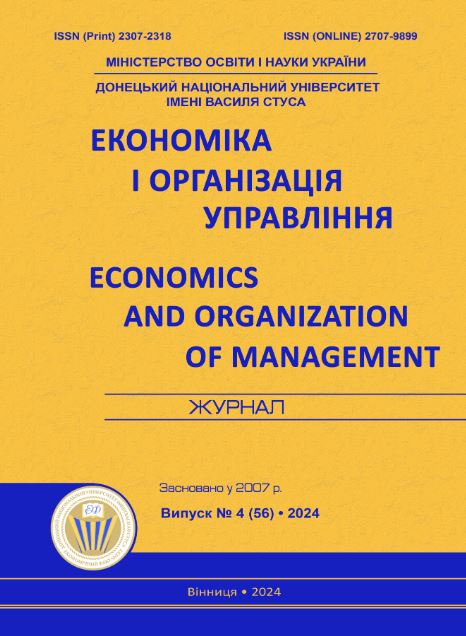Effective communication in remote IT-teams: conflict management and the role of feedback
DOI:
https://doi.org/10.31558/2307-2318.2024.4.2Keywords:
IT-team, remote IT-teams, communication, conflict management, feedbackAbstract
In the article the features of building effective communication in remote IT-teams in the context of conflict management and establishing effective feedback are investigated. Typical communication problems faced by remote IT-teams are identified: differences in time zones; cultural barriers; technological limitations; lack of non-verbal cues. It is established that conflict in remote IT-teams often arises due to a combination of factors, including unclear expectations, uneven workload distribution, differences in work styles, cultural misunderstandings, communication breakdowns, different levels of technological competence, lack of clarity of roles and different priorities between stakeholders and teams. Strategies that can help to level these conflicts are summarized: establishing clear communication protocols, conflict resolution training, cultural awareness programs and regular meetings. It is emphasized that after effective conflict management, it becomes extremely important for remote IT-teams to focus on feedback mechanisms that contribute to increasing employee efficiency and preventing problems from escalating into conflicts. Feedback plays a key role in coordinating team goals, increasing individual efficiency, and ensuring prompt elimination of errors in work. The following constructive feedback tools are suggested: 360-degree feedback system, communication platforms - Slack, Microsoft Teams or email, collaboration tools - Jira, Rally or Trello, SBI model (Situation, Behavior, Impact), direct feedback (feedforward), balanced feedback methods, regular performance checks, ensuring privacy and continuity of feedback sessions, adapting the feedback style to individual preferences, follow-up after feedback sessions.
References
Garro-Abarca V., Palos-Sanchez P., Aguayo-Camacho M. Virtual Teams in Times of Pandemic: Factors That Influence Performance. Frontiers in Psychology. 2021. Vol. 12. DOI: https://doi.org/10.3389/fpsyg.2021.624637.
Piccoli G., Powell A., Ives, B. Virtual teams: Team control structure, work processes, and team effectiveness. Information Technology & People. 2004. Vol. 17(4). Р. 359–379.
Grenier R., Metes J. Going virtual: Moving your organization into the 21st century. Upper Saddle River, N.J: Prentice Hall PTR, 1995. 320 p.
Кравчук О. І., Варіс І. О., Кир’янова О. В. Управління цифровими комунікаціями у віртуальних командах. Improving living standards in a globalized world: opportunities and challenges: Monograph / ред.: T. Nestorenko, T. Pokusa. Opole, 2021. С. 494–505.
Clear T., MacDonell S. G. Understanding technology use in global virtual teams: research methodologies and methods. Information and software technology. 2011. Vol. 53, no. 9. P. 994–1011.
Litorovych O., Maslakov S. Virtual organizations. Management and Entrepreneurship in Ukraine: the stages of formation and problems of development. 2021. Vol. 2021, no. 1. P. 131–137.

